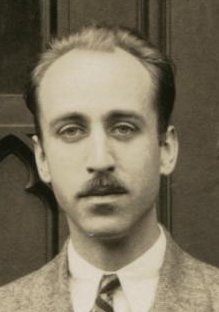TDPT systematics: the Dyson series#
Let us focus on the TDSE in the interaction picture. You can convince yourself that if \(V_S(t)\) is a Hermitian operator, so is \(V_I(t)\). Now the TDSE in the interaction picture
is formally the same as the full TDSE with \(\ket{\psi(t)}_S \to \ket{\psi(t)}_I\), \(H \to V_I\). Thus \(\ket{\psi(t)}_I\) also undergoes unitary time evolution with U_I(t,t_0) = e^{i H_0 t/\hbar} U_S(t,0)\(. We can construct it directly from this, or by writing \)\ket{\psi(t)}_I = U_I(t,0) \ket{\psi(0)}$ and inserting this into (338) to find:
We can solve this formally by noting that \(U_I(0,0) = {\bf 1}\):
where I have suppressed the dependence on the initial time. This may not seem useful, but since we are eventuall looking for a power series in \(\eps\) we can solve this equation recursively. That is, plug the LHS of (339) into the RHS, so that
Clearly we can continue this trend and write the Dyson series
Note that the products of \(V_I(t)\) are arranged in descending order of the time variable in their argument. With some work, one can convince oneself that this can be written as
where \(T\) is the time ordering operator. That is, given a set of times \(t_{i = 1,\ldots, n}\), and a permutation \(\sigma \in S_n\) such that
Then
The integration region is now redundant (because before applying the \(T\) operator it is over all time orderings), which is taken care of by the factor of \(1/n!\). We can write this expression more elegantly as
